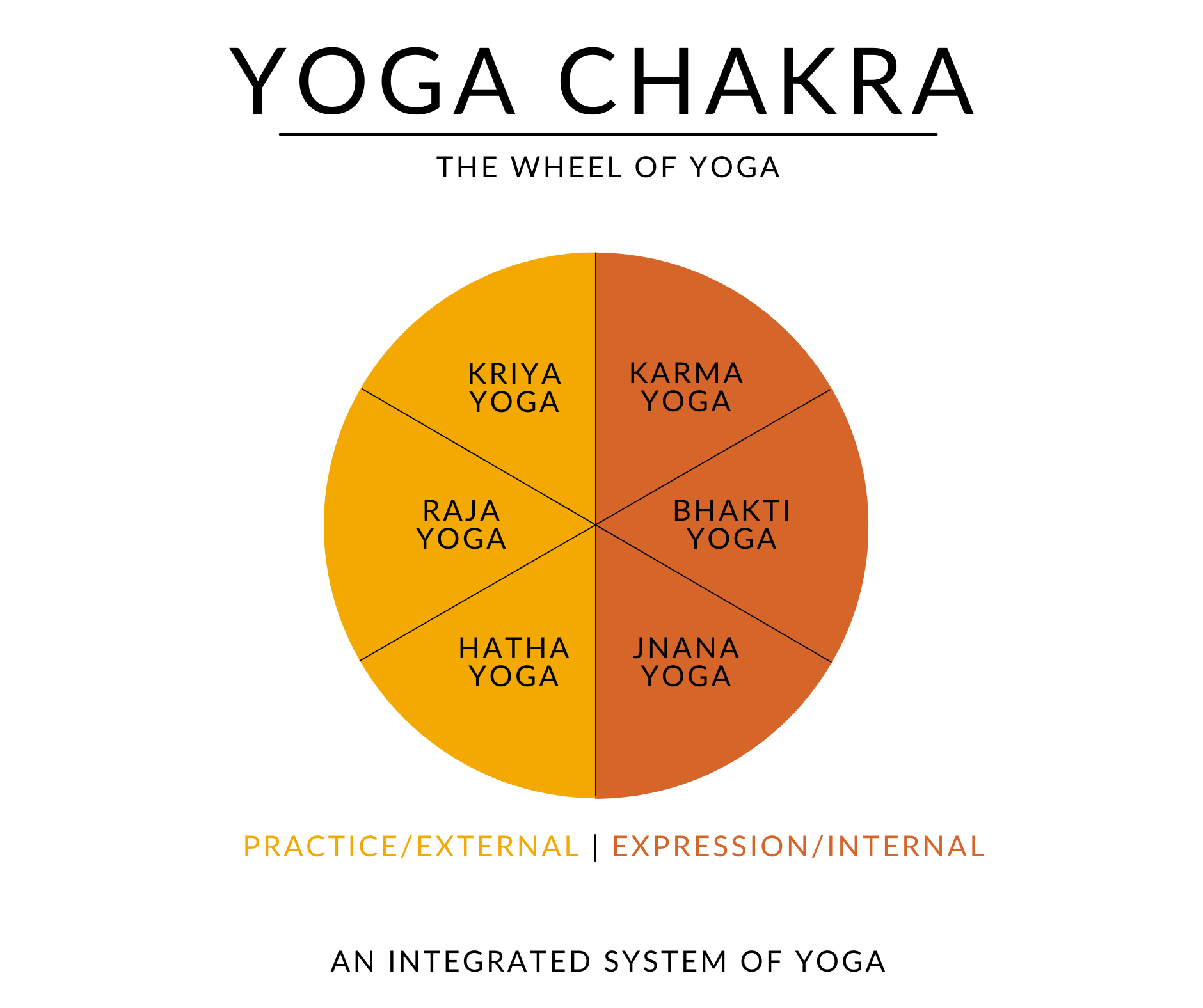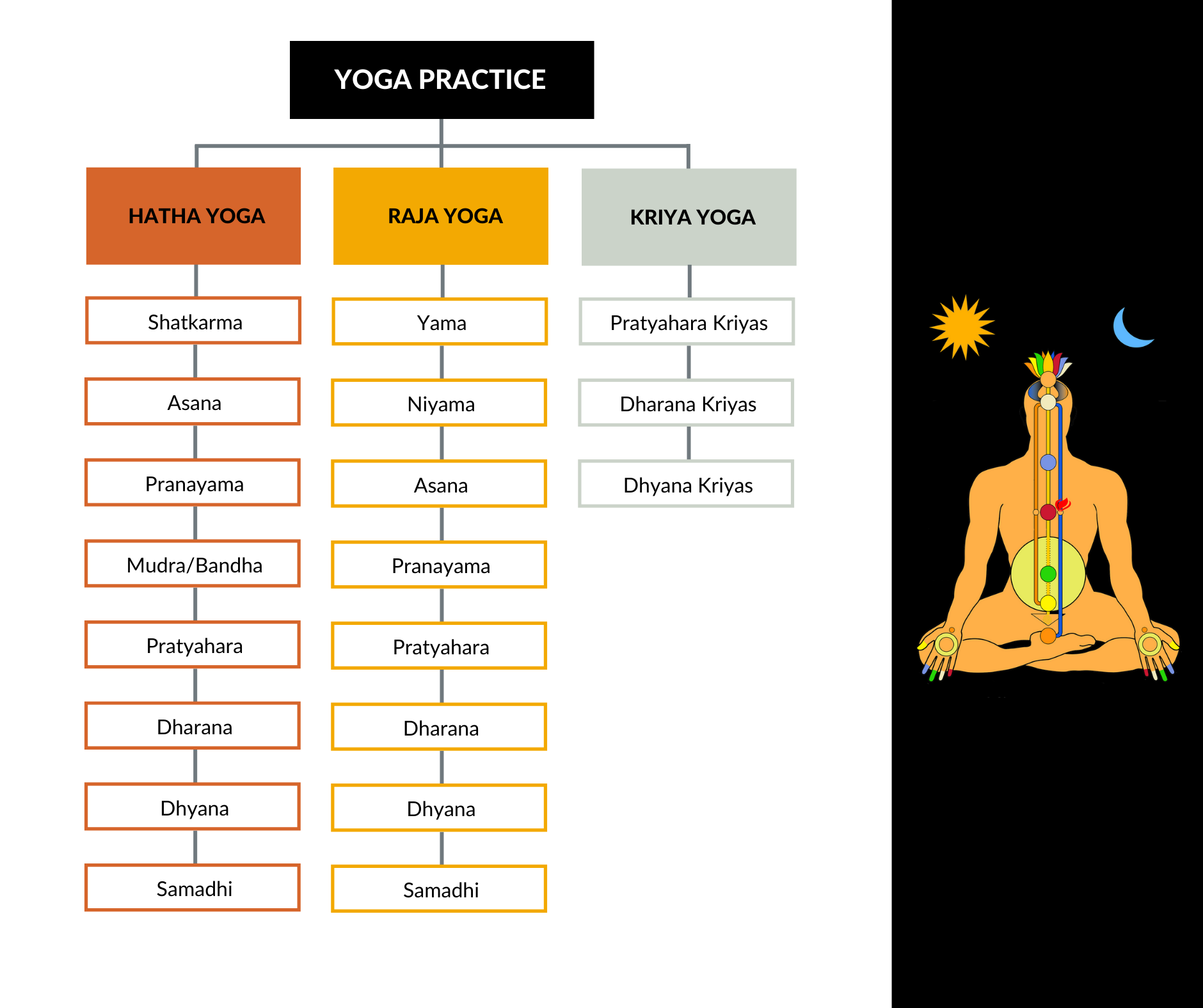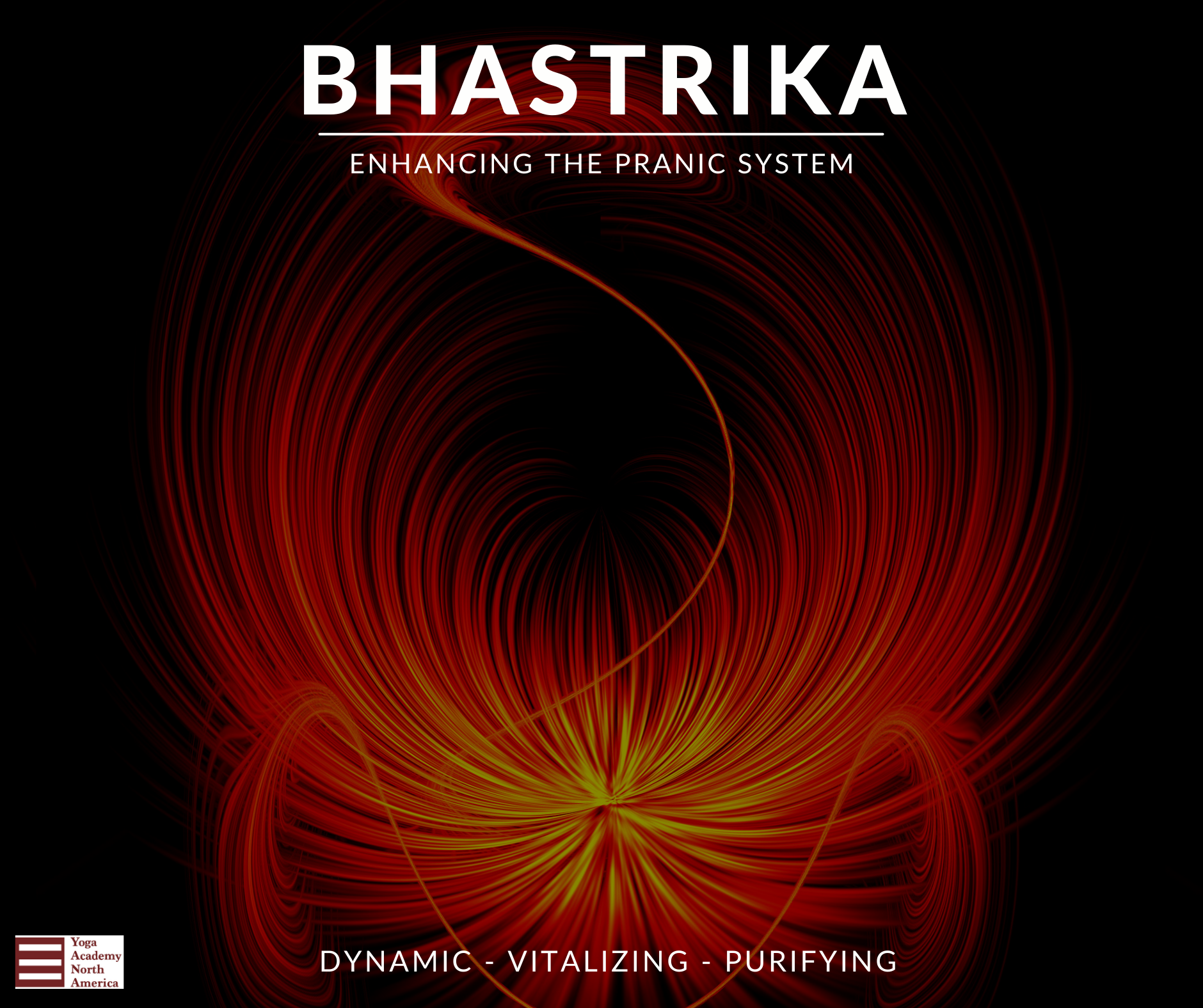More than fifty years ago Swami Satyananda formulated an integrated system of yoga which was taught as a way to qualitatively enhance physical health, mental peace, emotional harmony.
In the external (bahiranga) yoga the training progressed through Hatha Yoga, Raja Yoga, and then Kriya Yoga. Simultaneously, training in the internal (antaranga) aspects of Karma Yoga, Bhakti and Jnana Yoga was provided through the lifestyle and inspiration of the ashram environment.
This structure represented then, and does so now, a holistic or integral yoga system in which the yoga aspirant may awaken and integrate the faculties of head, heart and hands. The different limbs of yoga become the means of attaining this personal harmony and integrated expression. Only then is there a possibility, at the personal level, of the qualitative change and inner evolution that has been the envisaged in the long-standing yogic tradition.
The practice, learning, and training programs at the Yoga Academy of North America are grounded firmly in the integrated system that is Satyananda Yoga. There are opportunities for the yoga aspirant starting their journey, through online yoga classes, as well opportunities for more experienced aspirants wishing to deepen their practice, through special topic workshops and online training and teacher certification courses.
In our offerings you will experience many different practices, including some unique contributions, which serve to facilitate the integration spoken of above. To give you an overview, we list below just a few of the key practices.
A Selection of Key Satyananda Yoga Practices
Asana
A unique contribution of Swami Satyananda Saraswati and the Bihar School of Yoga. The practices are divided into three categories. Collectively, they release energetic blockages to facilitate the free flow of energy in body and mind, a pre-requisite to other Hatha Yoga practices. These foundation practices are simple yet powerful and should not be overlooked by even the most seasoned practitioner. Progression in the practice is facilitated by deepening levels of awareness: body, breath, mind, chakra, and mantra. If perfected, Pawanmuktasana is a complete asana practice. Click for more.
The Sanskrit name surya here refers to the sun and namaskara means ‘salutations’. Surya namaskara has been handed down from the enlightened sages of the vedic age. The sun symbolizes spiritual consciousness and in ancient times was worshipped on a daily basis. In yoga the sun is represented by pingala or surya nadi, the pranic channel which carries the vital, life-giving force. Surya namaskara is composed of three elements: form, energy and rhythm. Progression in the practice is facilitated by deepening levels of awareness: body, breath, mind, chakra, and mantra. Click for more.
Pranayama
Bhastra are the bellows used to fan a fire; Bhastrika is thus referred to as the bellows pranayama. This practice is so called because air is drawn forcefully and quickly in and out of the lungs. It increases the flow of air into the body, producing inner heat. This heat burns up impurities both physical and mental. Bhastrika is graded into four techniques which systematically incorporate breath retention and bandhas (yogic locks to channel prana). Progression should be deliberate and requires the practitioner to develop sensitivity to their own capacity.
A classical pranayama practice, Nadi Shodhana (also known as alternate nostril breathing) is not a single practice but rather one with many stages. The systematic progression through the stages requires the practitioner to develop a subtle understanding of the breath and prana. The aim of Nadi Shodhana is to purify and harmonize the two main pranic (energetic) channels, ida and pingala, and in the later stages, expand prana. Click for more.
Ujjayi is one of the most important, yet one of the simplest pranayamas. It is practiced by slightly contracting the glottis. Ujjayi means ‘victorious’. In English, ujjayi is known as the psychic breath because of its effect on the mind. The deep and rhythmic breathing pattern of Ujjayi induces a meditative state. The practice soothes the nervous system and calms the mind. Ujjayi is often employed in advanced meditation techniques and may also be incorporated into asana and Nadi Shodhana.
Bhramari ‘the humming bee’ pranayama, is so called because of the sound made during respiration imitates that of a bee. Bhramari relieves stress, alleviating anger and anxiety. It speeds up the healing capacity of the body. Bhramari induced a meditative state by harmonizing the mind and directing the awareness inward.
Pratyahara / Meditation
Satyananda Yoga Nidra® is a powerful technique for deep relaxation, healing, stress management and personal transformation. It is a pratyahara practice, gathering the mind inward and away from its external associations. Recognized in recent years as a valuable yogic technique, Yoga Nidra has been adopted by many different styles and practitioners of yoga. The Yoga Academy offers courses home study and teacher certification courses in this important technique. Click for more.
Kaya Sthairyam is a seated pratyahara practice to still the body and mind. This practice is taught early on in Satyanananda Yoga to prepare the body and mind for more advanced pratyahara and meditation practices. The basic Kaya Sthairyam practices consists of twelve stages in which the practitioner systematically turns the mind away from body awareness in order to develop stillness and a deeper inner awareness. The stages are learned gradually over months or years.
Antar Mouna is a practice in which one develops a deeper awareness of the mind and its tendencies through a process of witnessing. Antar Mouna is classically divided into six or seven stages. In the first stage of the practice, the awareness is extended outwards to fully connect with the sensorial experience, thus saturating the mind and naturally coaxing it inwards. The subsequent stages delve into turning the witnessing attitude to the activity of the mind to see and connect with one’s inner nature. Click for more.
Ajapa Japa is the spontaneous flow of mantra and a practice, constituted of multiple techniques and stage, in which awareness is united to breath, prana, and mantra. In ajapa japa, the breath, prana and mind work in unison. The training is to visualize the movement of mind and prana in different areas of the body. With the intensification of ajapa japa, the chakras can be awakened and an altered state of mind achieved. The poet yogi Kabir has spoken of ajapa japa as the ultimate meditative practice. Click for more.












